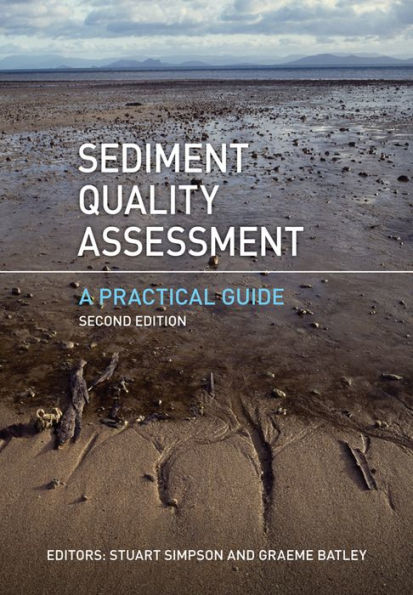Sediment Quality Assessment: A Practical Guide
Contaminated sediments represent an ongoing threat to the health of aquatic ecosystems. The assessment of sediment quality is, therefore, an important concern for environmental regulators. Sediment quality guidelines are now well established in regulatory frameworks worldwide; however, practical guidance that covers all of the key aspects of sediment quality assessment is not readily available.In 2005, CSIRO published its highly cited Handbook for Sediment Quality Assessment. In the ensuing period, the science has advanced considerably. This practical guide is a revised and much expanded second edition, which will be a valuable tool for environmental practitioners.Written by experts in the field, it provides coverage of: sediment sampling; sample preparation; chemical analysis; ecotoxicology; bioaccumulation; biomarkers; and ecological assessment. In addition, detailed appendices describe protocols for many of the tests to be used.
1123050428
Sediment Quality Assessment: A Practical Guide
Contaminated sediments represent an ongoing threat to the health of aquatic ecosystems. The assessment of sediment quality is, therefore, an important concern for environmental regulators. Sediment quality guidelines are now well established in regulatory frameworks worldwide; however, practical guidance that covers all of the key aspects of sediment quality assessment is not readily available.In 2005, CSIRO published its highly cited Handbook for Sediment Quality Assessment. In the ensuing period, the science has advanced considerably. This practical guide is a revised and much expanded second edition, which will be a valuable tool for environmental practitioners.Written by experts in the field, it provides coverage of: sediment sampling; sample preparation; chemical analysis; ecotoxicology; bioaccumulation; biomarkers; and ecological assessment. In addition, detailed appendices describe protocols for many of the tests to be used.
62.95
In Stock
5
1

Sediment Quality Assessment: A Practical Guide
376
Sediment Quality Assessment: A Practical Guide
376Paperback(2nd ed.)
$62.95
62.95
In Stock

Product Details
| ISBN-13: | 9781486303847 |
|---|---|
| Publisher: | CSIRO Publishing |
| Publication date: | 02/12/2016 |
| Edition description: | 2nd ed. |
| Pages: | 376 |
| Product dimensions: | 6.62(w) x 9.62(h) x (d) |
About the Author
From the B&N Reads Blog
